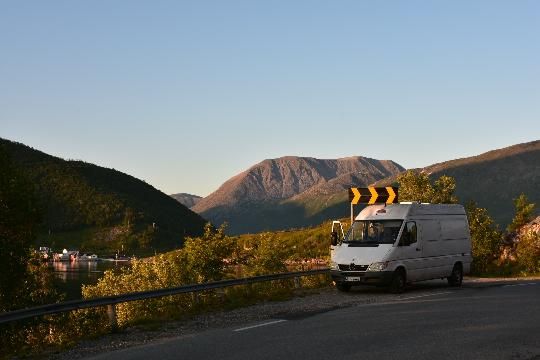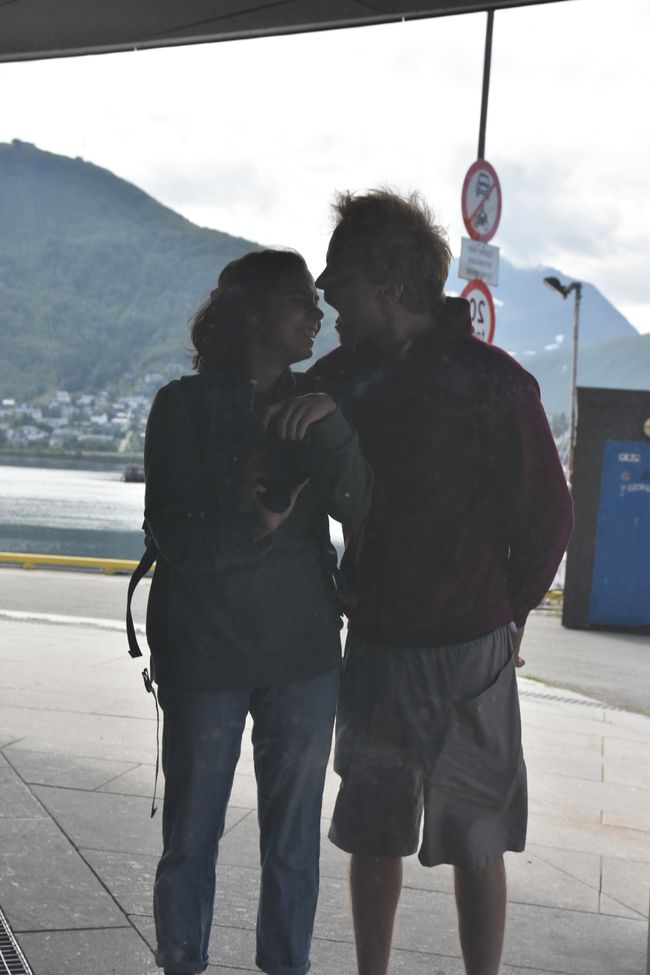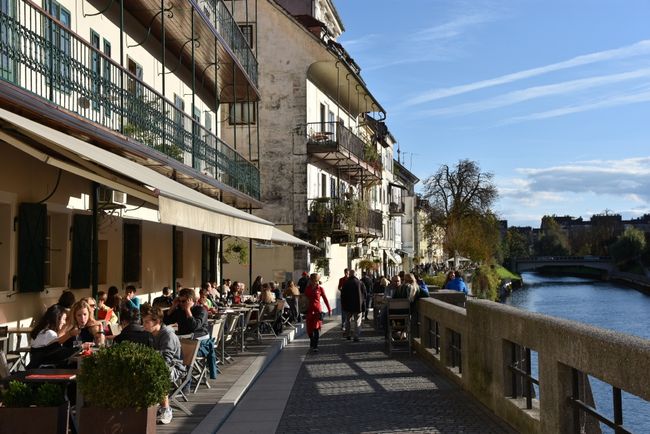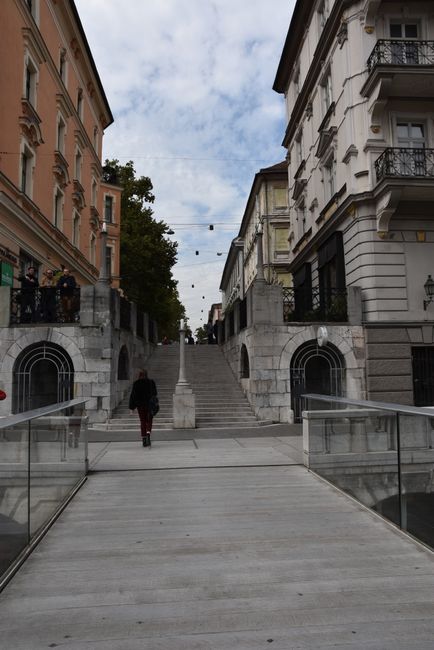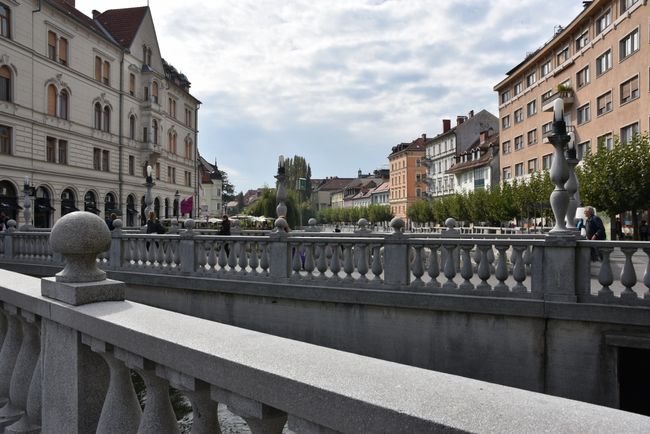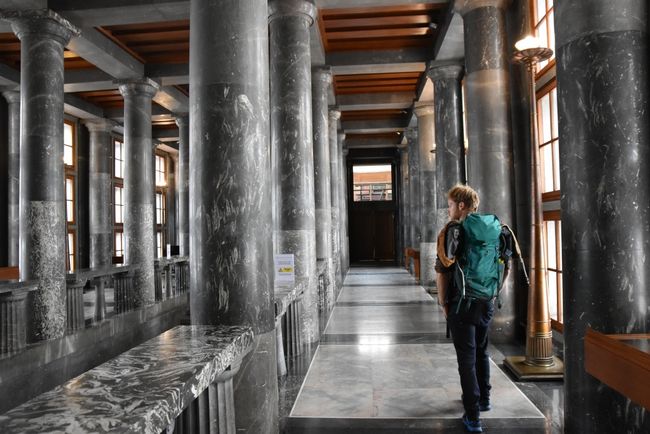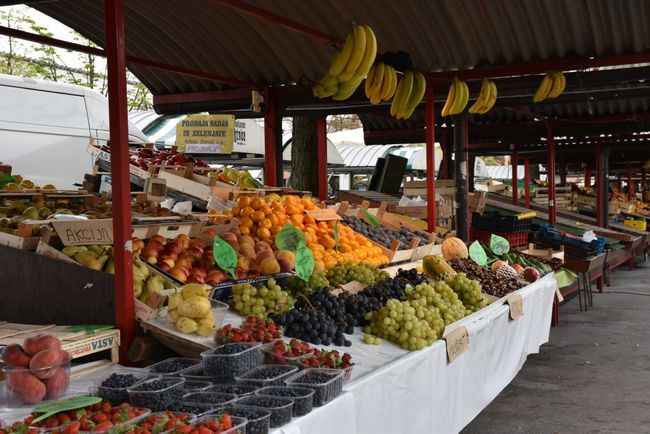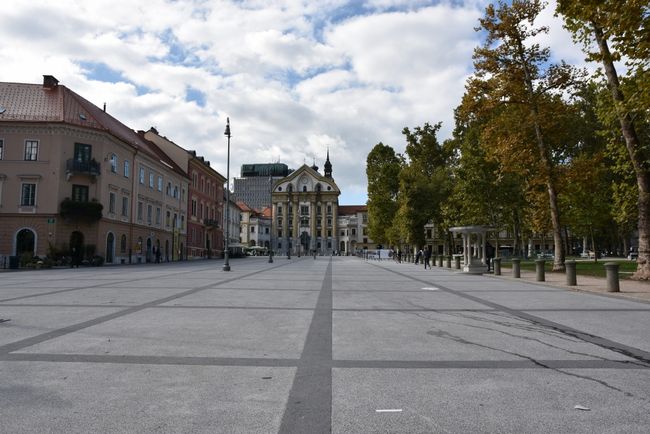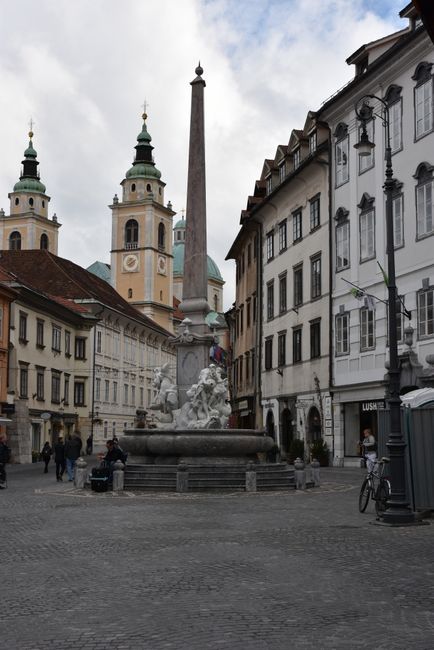Day 19 & 20 - Thank you for the flowers!
प्रकाशित: 02.10.2018
समाचार पत्रिका के लिए सदस्यता लें
Dear Ladies & Gentlemen,
we would like to warmly welcome you to our course 'Introduction to Slovenian History and Culture'. And what else should it be based on than the capital Ljubljana?
After spending 10 days more or less aimlessly traveling through this small, but beautiful country, it was a pleasure to increase and connect fragmented knowledge about Slovenia from what we have seen, heard, and read. In just two days in Ljubljana, we learned a lot of curious and interesting things about this beautiful little capital and its country, which we now want to share with you.

When you stand in the old town of Ljubljana, you first feel like you are in a small Austrian town. The Italian and Austrian influences on architecture and art can be found in the town hall, churches, and practically all old and impressive buildings. Nevertheless, there are many things that make Ljubljana a unique city. For example, the entire city center is a pedestrian zone and no cars defile the picture of the cuddly lined up houses and bridges. It is also interesting that almost every bridge and almost all buildings from the 20th century were designed by one architect, Jože Plečnik, after large parts of Ljubljana were destroyed by an earthquake, which created a very homogeneous cityscape. Or the suburb of Krakovo, which looks like a village in the middle of the old town and is known for its popular sauerkraut, which is exported worldwide. This idyllic image is complemented by universities and colleges, and the center is populated by students who give the cafes and pubs a hip Berlin flair. And above all, there is the castle - but from a city located between Vienna and Venice, we did not expect anything less! (And yes, Slovenia is really that small.)
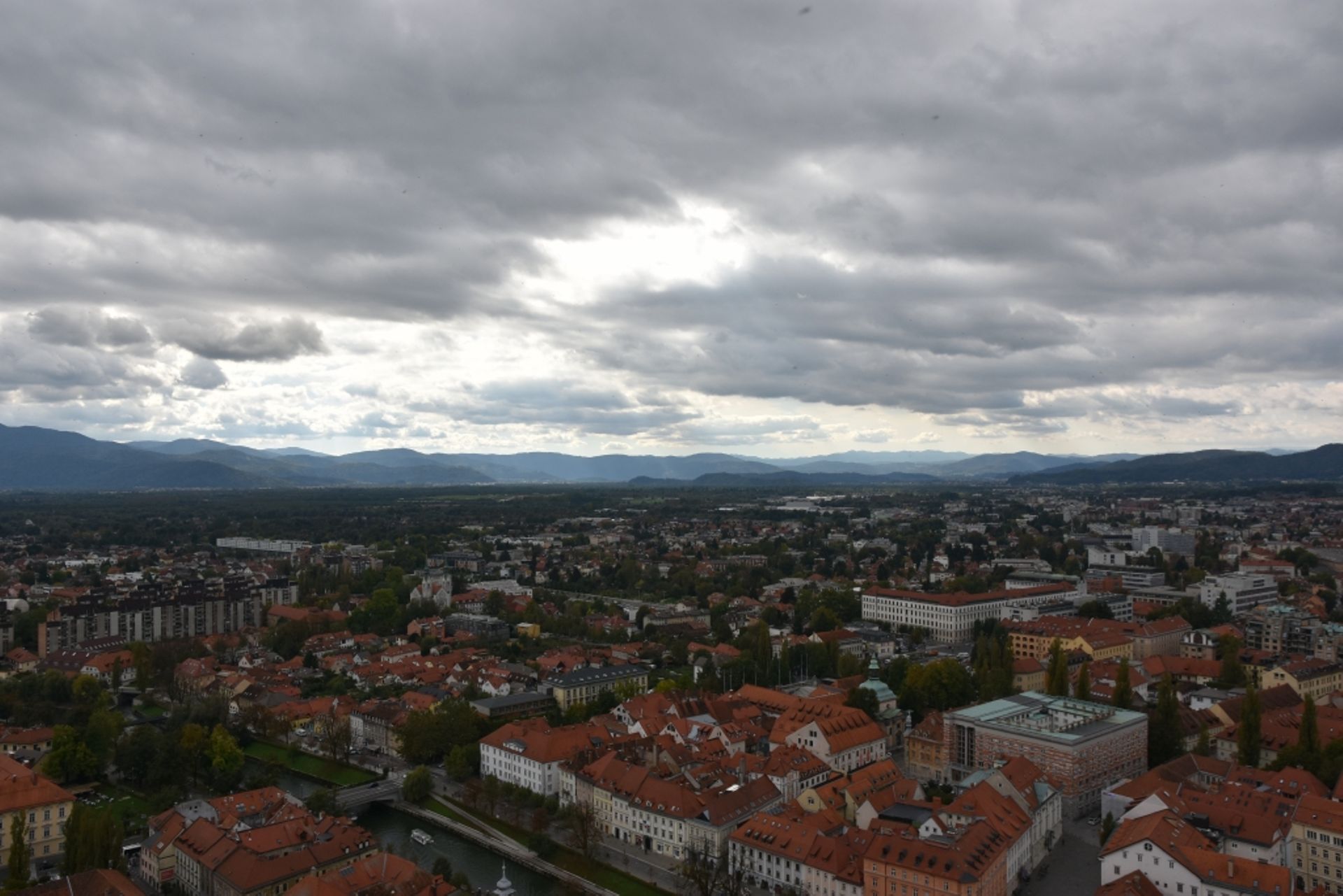
But now to the promised overview of the history of Ljubljana. After initial settlements by the Celts and others, it was the Romans who made the city, which at that time was called Emona, grow and take advantage of its favorable location on the river. After the decline of the Roman Empire, the Slavs finally settled there, dividing the Ljubljanica River and thus banishing the danger of flooding and inhabiting the other bank. Therefore, a part of the old town of Ljubljana is technically an island, which is still connected to the rest of the city by many bridges today.
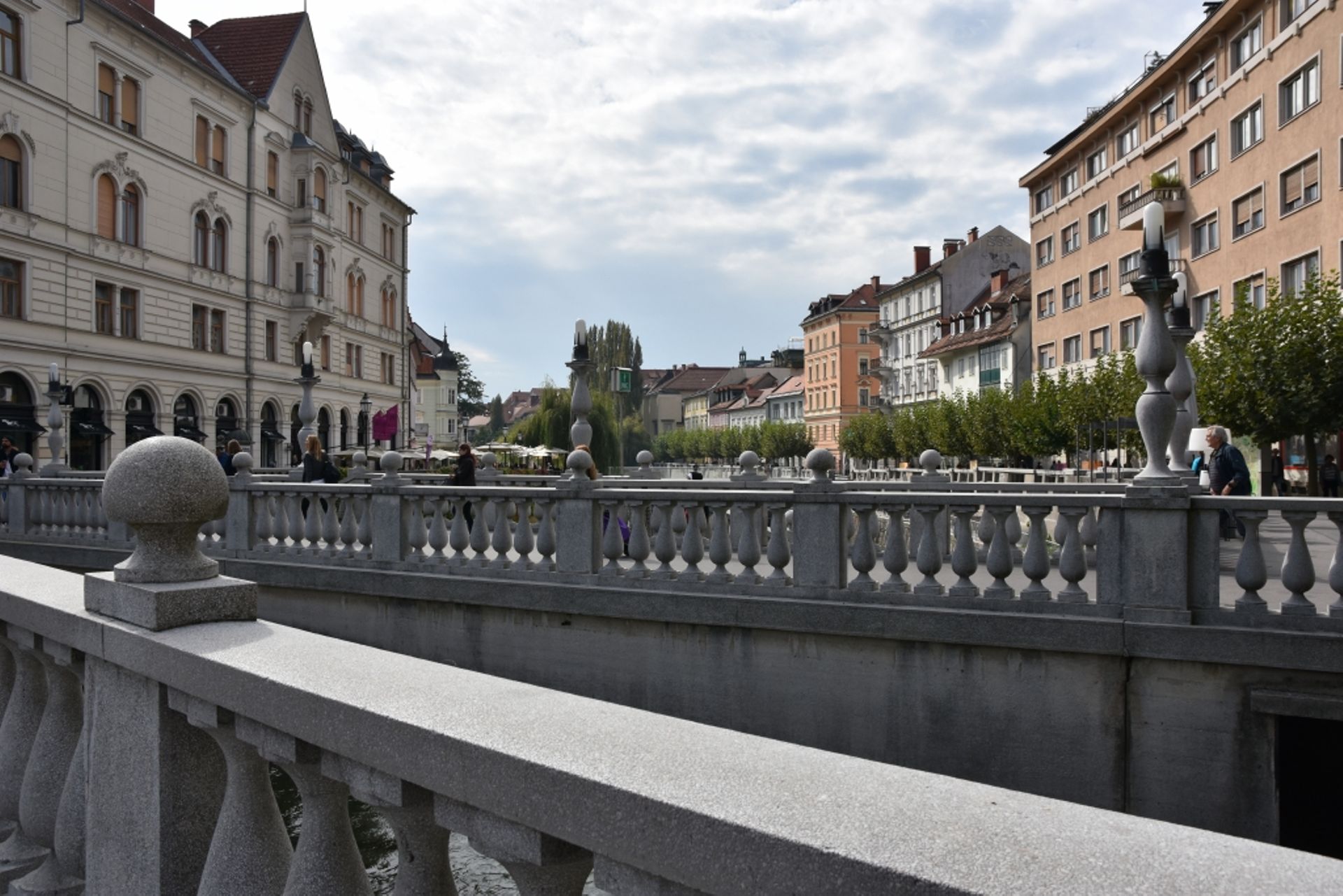
Later, the city and the majority of today's Slovenia were under Habsburg rule, which finally explains why people have constantly spoken to us in surprisingly good German - until the 19th century, many Germans lived here. It was not until after the end of the First and Second World Wars, during the latter Ljubljana was occupied by Italy and Germany, and after some time as part of the Republic of Yugoslavia, that Slovenia finally declared its independence in 1991 (which, compared to Croatia or Bosnia, was surprisingly unspectacular).
Prior to that, Ljubljana was already the center of Slovenian identity, especially in art and literature. Slovenian became an official language for the first time under the rule of Napoleon. However, this was accompanied by compulsory military service for the French army and high taxes. The Slovenians responded to Napoleon's circumstance then and now with a sarcastic "thank you for the flowers", which becomes even more ironic when you consider that he actually created the botanical garden in Ljubljana.
And with that, we conclude today's excursion. Hopefully, you haven't fallen asleep from boredom in the back rows. We, on the other hand, are very impressed by how much history, culture, art, suffering, and perseverance are contained in this small city.
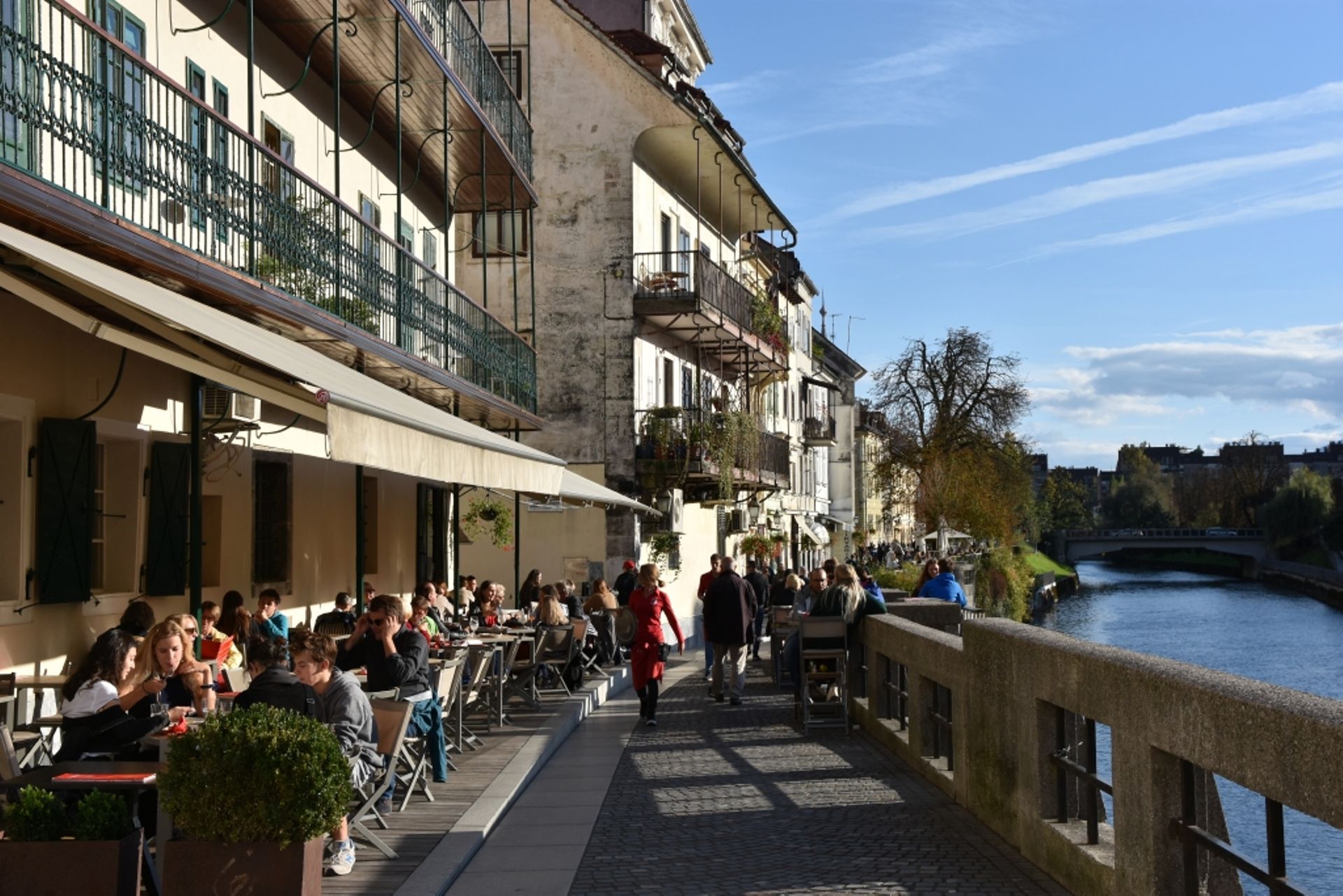
By the way, it is also an excellent place for strolling, taking pictures, and feeling comfortable. Finally, we had the opportunity to try traditional Slovenian food, which was a problem before due to the rather meat-heavy cuisine. Vegan bograč and dödöle, a type of potato pancake, make you happy not only because of the name and are highly recommended by us. Also, the city museum, the view from the castle over the city, and the impressive university library.
Finally, a completely different, but perhaps the happiest news of the day. Our new charging booster has been shipped! Not to Ljubljana as planned, but to Trieste, just behind the Italian border, where we can pick it up in a week. Woo-hoo!
By the way, last night we had our first encounter with the Slovenian police. We did not realize that the parking space belonged to private property. But the shock was quickly overcome, especially since the policemen were very friendly. Illegal wild camping was not even mentioned, and we were even allowed to finish our food in peace before seeking refuge (in pouring rain) at a camper stop. We have learned from this and will in the future keep even more distance from all villages and not visit a parking space a second time.
As climbing is planned for the next few days, hopefully the search for parking spaces will be easier again than here in the capital. We have had enough education for a while and will only bore you with descriptions of the rock formations.
Stay curious and explore on!
समाचार पत्रिका के लिए सदस्यता लें
उत्तर (1)
Frank
Endlich etwas Historisches 😀